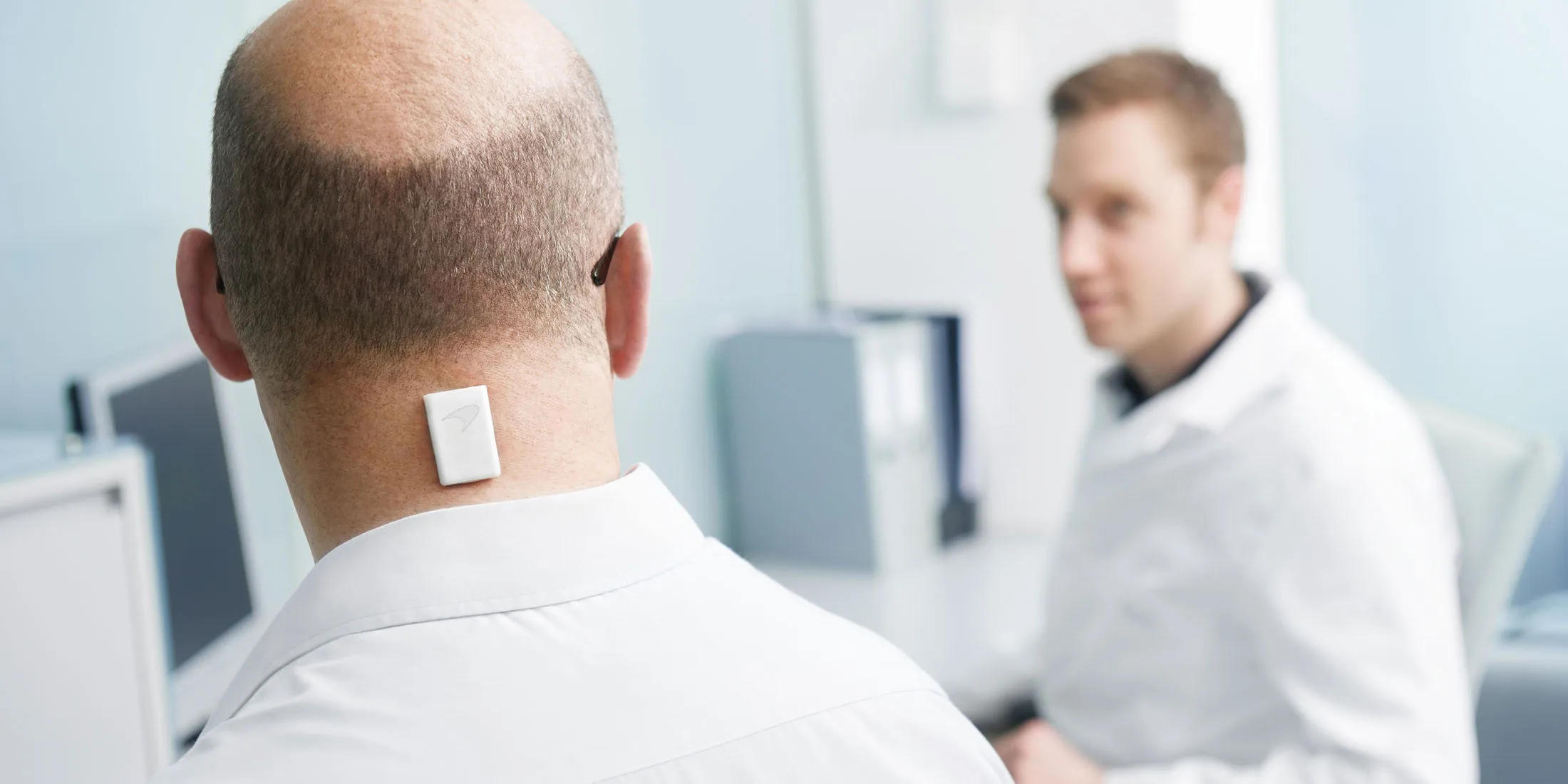Across the U.K. many companies, such as banks, call centers and consultancies, are experimenting with new wearable devices to monitor employees, measuring their heart rate, stress levels, breathing, skin temperature, voices and body position.
In the quest for competitive advantage, managers are willing to adopt wearable technologies in order to improve business results.
To achieve the so-called human optimization, these new wearable biometric devices link human behavior and physiological data to job performance. It’s an evolution from wearable technology strategies focused on operational efficiency or safety, like the microchips implanted by a Swedish company into its employees' hands in replacement of ID badges.
Until now, tracking systems to link biosensing wearable devices with analytics tools were used just in sports, never in offices. “There isn’t a competitive sports team in the world that doesn’t adopt high-end analytics tracking the athletes on the field, off the field, at home, when they’re sleeping, when and what they're eating” says Chris Brauer, Director of Innovation at Goldsmiths, University of London. “The workplace is heading towards that model”.
The tools measure and store information of their wearer's biological profile so that they can determine periods of peak performance. They can also tell whether an employee needs a day-off. The potential for the violation of workers' privacy and rights is high and it could be a source of concern.
Source: Bloomberg Business


Comments (0)
Share your thoughts and join the technology debate!
No comments yet
Be the first to share your thoughts!